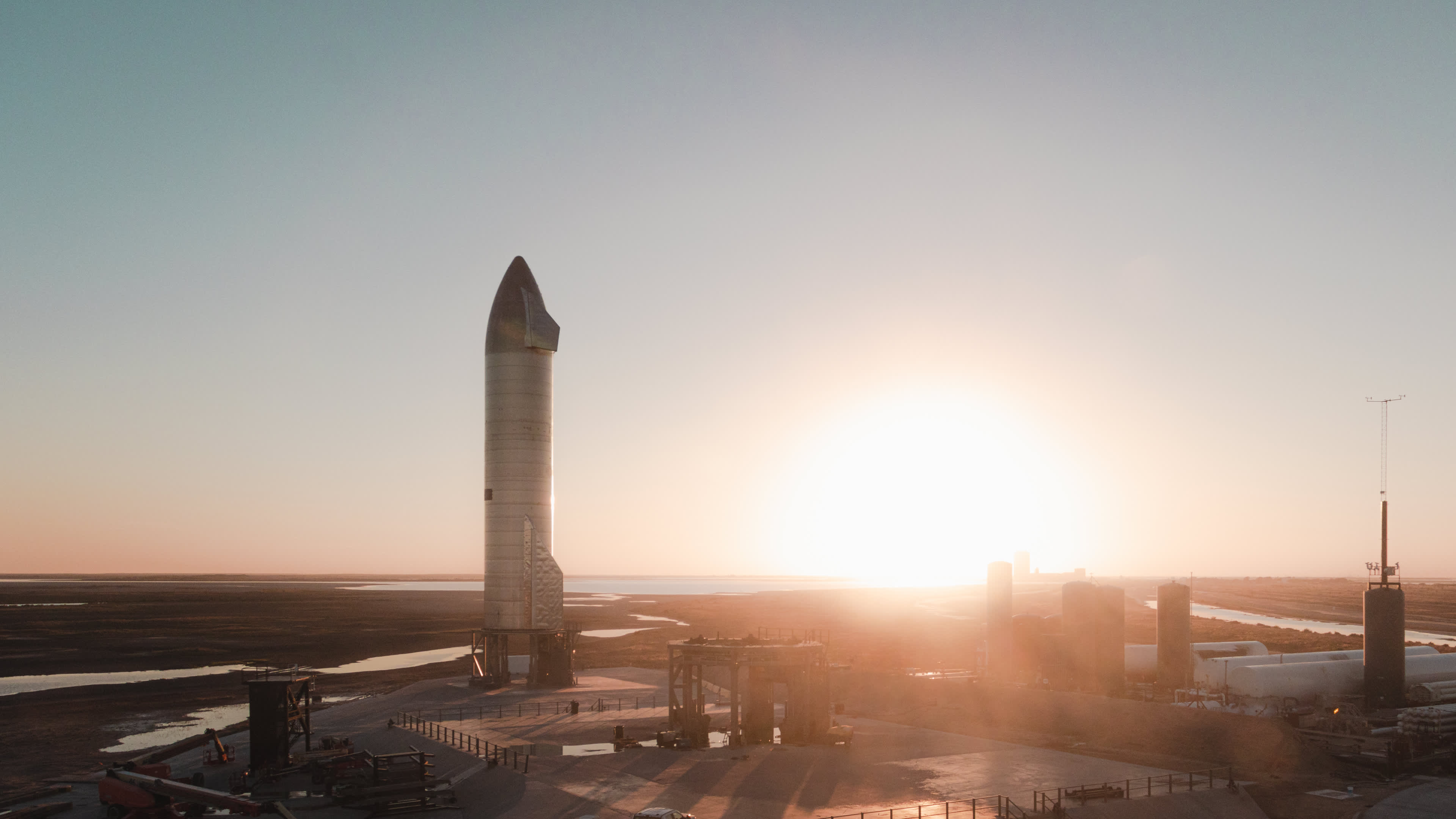
[This livestream has ended. A replay is available above.]
UPDATE: The latest SpaceX prototype was successfully launched but, like its previous test flight, the rocket exploded on impact during a landing attempt. Read more here.
SpaceX is preparing to launch on Tuesday the latest prototype of its new generation Starship rocket, in the second high-altitude flight test of the system.
The prototype spacecraft Serial Number 9, or SN9, will fly up to 10 kilometers, or about 32,800 feet in altitude. The flight will be similar to what SpaceX did in December, when it launched the SN8 prototype on the longest and longest flight to date. Flight SN8 completed several development objectives, including testing the aerodynamics of the system and completing a flip to target the landing, but the prototype exploded on impact, as the rocket was unable to brake enough.
SN9 is built in stainless steel, with prototypes representing the first versions of the rocket that CEO Elon Musk introduced last year. The company is developing Starship with the goal of launching cargo and up to 100 people at a time on missions to the Moon and Mars.
The Starship SN9 rocket prototype is on the company’s launch pad in Boca Chica, Texas.
SpaceX
Like SN8, the goal of SN9 flight is not necessarily to reach maximum altitude, but to test several key parts of the Starship system. The Starship prototype is about 150 feet tall, or about the size of a 15-story building, and is powered by three Raptor rocket engines. SpaceX will fire all three engines for takeoff and then shut them down one by one in sequence as it approaches the top of the planned flight altitude.
The attempt to launch the SN9 was delayed by about a week, as SpaceX was working to obtain permission from the Federal Aviation Administration for the launch. Its SN8 flight violated the company’s Starship license, The Verge reported for the first time, and the FAA later confirmed that the federal aerospace regulator had denied a SpaceX waiver request to exceed the maximum public risk allowed by federal safety regulations, according to the FAA. statement.
SpaceX had to investigate its breach, forcing Musk’s company to suspend launches until the investigation was completed and the FAA signed.
“The FAA determined Monday afternoon (February 1) that SpaceX complies with all federal safety and related regulations and is authorized to conduct Starship SN9 flight operations in accordance with its launch license,” the FAA said. .
Key tests for SN9 flight include the successive shutdown of engines, the transfer of propellant from the main tanks to the head thanks to its reintroduction maneuver of the “belly flop” and the control of its descent through the air with the four flaps of the rocket.
SpaceX emphasized that “the dynamic schedule of development testing” may delay the launch attempt, as has happened with previous Starship launches.
Subscribe to CNBC PRO for exclusive information and analysis and live scheduling of weekdays from around the world.